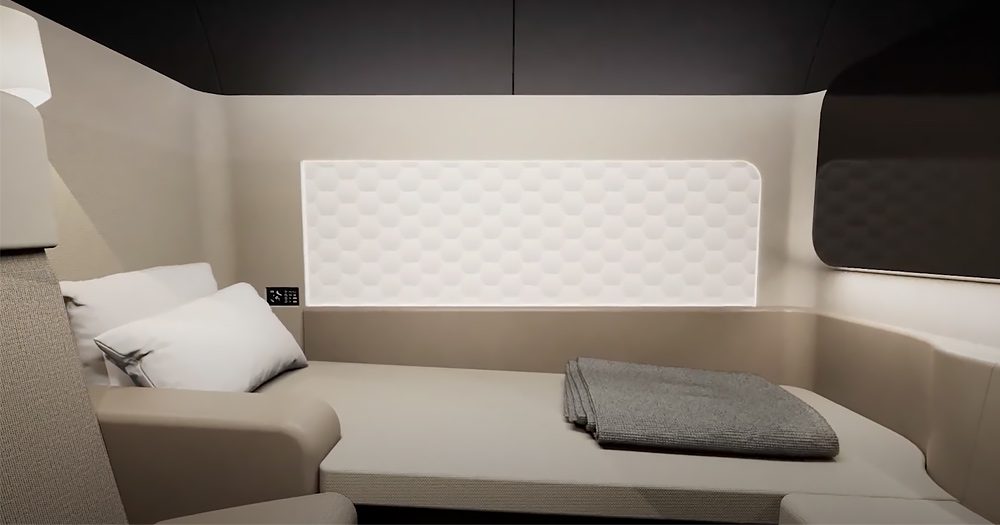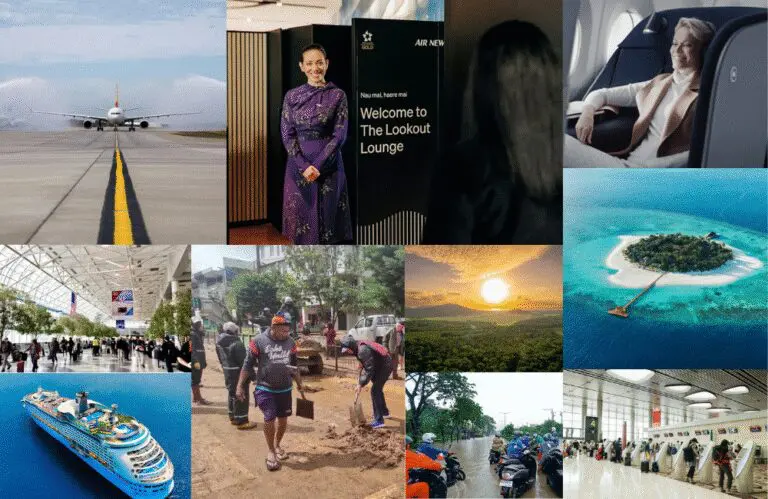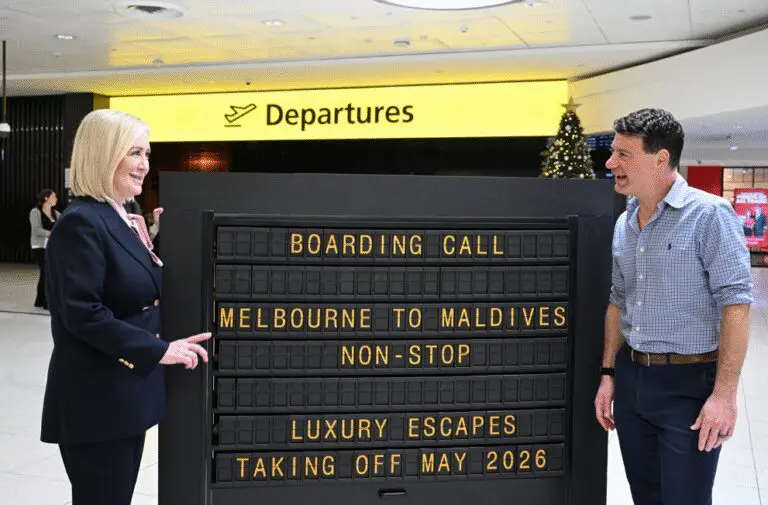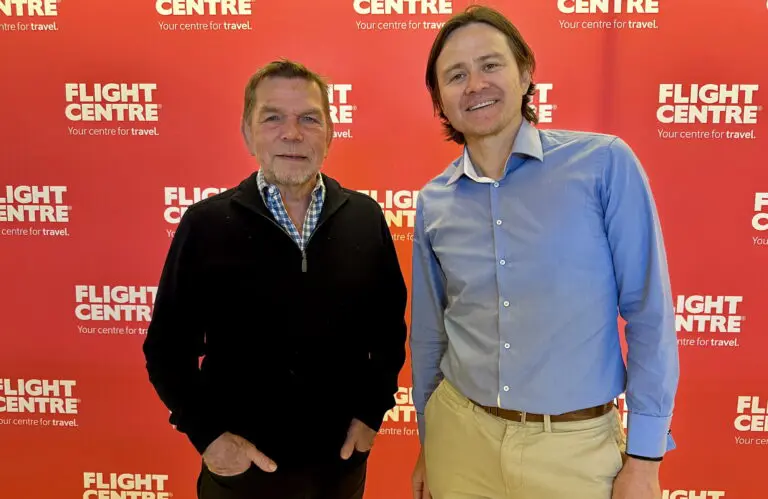Qantas has today announced details of its fleet of twelve A350-1000s on order from Airbus that will fly non-stop to cities worldwide and lead a revamped ‘Project Sunrise’ from 2025.
Back in 2017, Qantas first announced plans to take on the final frontier of aviation; flying direct from the east coast of Australia to Europe and New York under an initiative codenamed Project Sunrise.
At the same time, Qantas Group CEO Alan Joyce challenged Airbus and Boeing to deliver an aircraft capable of the proposed 20-hour plus long-haul journeys to cities including London, Paris, New York, and Rio De Janeiro.
In case you’re wondering where the name came from, Project Sunrise was named in honour of Qantas’ famed ‘Double Sunrise’ endurance flights across the Indian Ocean during the Second World War, which remained airborne long enough to see two sunrises.
By late November 2019, the project had moved on significantly. Qantas had completed three passenger free research flights, including Sydney to New York return and one flying from London to Sydney on a monstrous 17,800 km journey that took 19 hours 19 minutes.
In what was a real glimpse of the future of commercial aviation, the non-stop London to Sydney research flight cut around three hours off the typical gate-to-gate travel time of current one-stop flights and was flown on one of Qantas’ Boeing 787-9 darling Dreamliners.
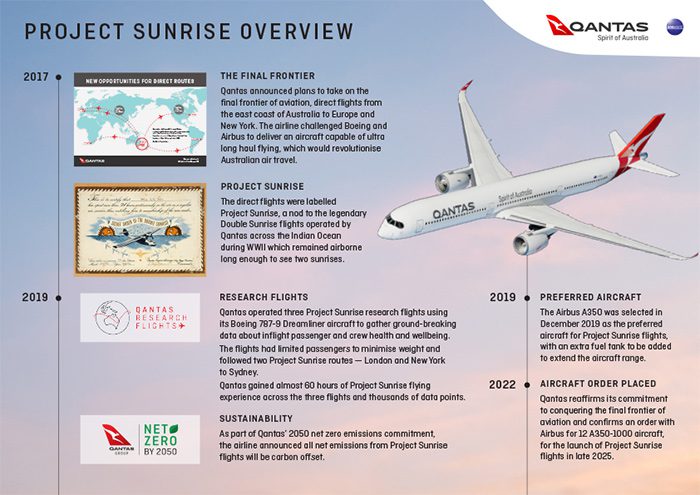
However, despite the Dreamliners being used for the research flights, the Airbus A350 was eventually selected by Qantas in December 2019 due to cost factors and an extra fuel tank to be added to extend the aircraft range sealing the deal.
Project Sunrise was most definitely rising up until not long after, in early 2020, the sun of course temporarily set on the project with the pandemic taking hold and literally parking plans and planes in the desert.
Fast forward through two years of pain, loss and progress, and today, Qantas has announced that it has ordered twelve Airbus A350-1000s to operate non-stop Project Sunrise flights from Australia to cities including New York and London.
And if that annoucement wasn’t big enough, Qantas says that the new A350-1000s will have a range of direct flights between Australia and any city in the world.
Now that’s a game-changing headline.
These twelve aircraft will feature market-leading passenger comfort in each travel class, with services scheduled to start by the end of calendar 2025, initially from Sydney.
What’s notable about the new A350-1000s?
The A350s will carry just 238 passengers across four classes (First, Business, Premium Economy, Economy), with more than 40 per cent of the cabin dedicated to premium seating.
The cabin is specially configured for improved comfort (hello extra seat pitch) on 20-hour long flights. It includes a well-being zone in the centre and a game-changing new First Class offering featuring a completely enclosed private suite.
The A350s will (according to the renders) feature six seats in First, 52 in Business, 40 in Premium economy and 140 in Economic.
Qantas says this is the lowest seat count of any A350-1000 in service and will mean more space for everyone. By comparison, the majority of A350-1000s seat around 300 passengers.
The aircraft will be powered by Rolls-Royce turbofan engines which are 25 per cent more fuel-efficient than previous generation aircraft leading to a reported 25% less CO2 emissions per seat.
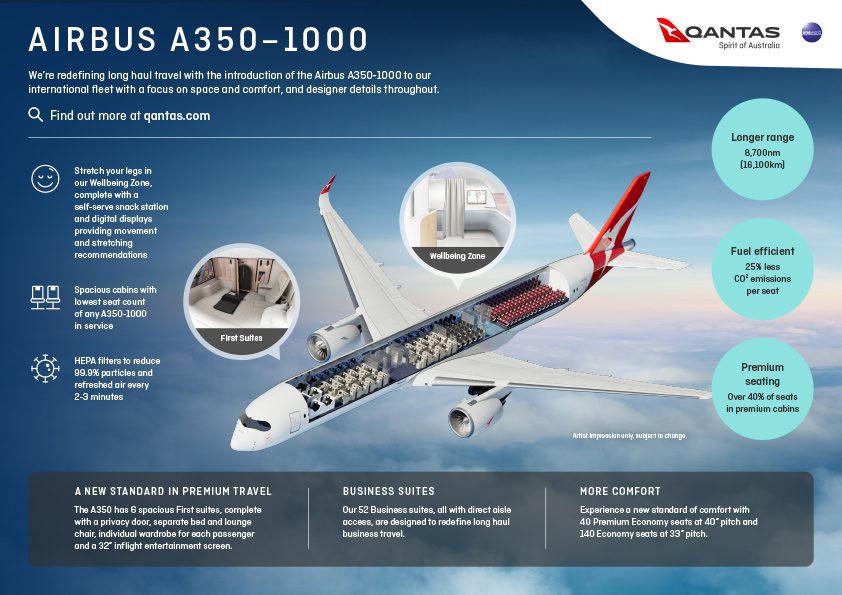
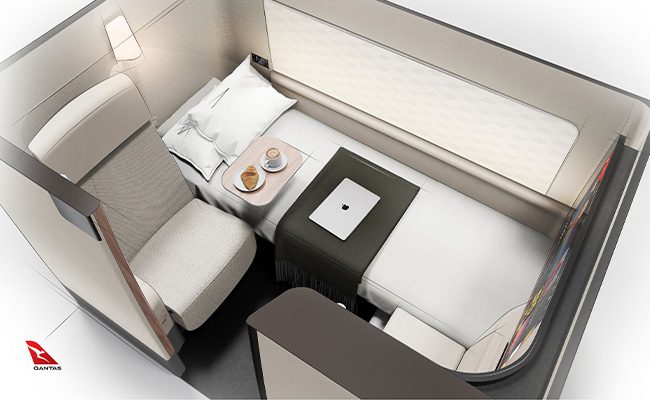
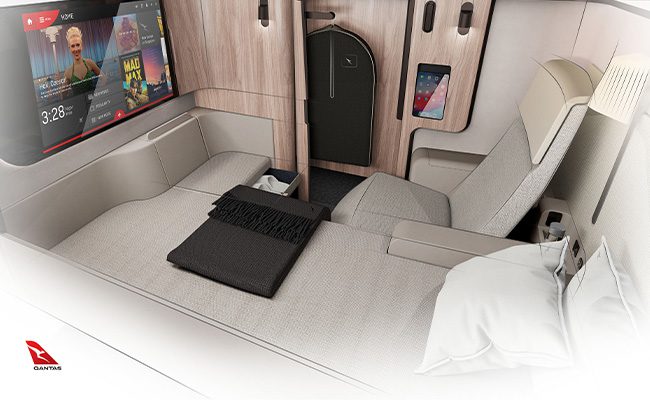
Qantas Group CEO Alan Joyce said: “New types of aircraft make new things possible. That’s what makes today’s announcement so significant for the national carrier and for a country like Australia where air travel is crucial.
“Throughout our history, the aircraft we’ve flown have defined the era we’re in. The 707 introduced the jet age, the 747 democratised travel and the A380 brought a completely new level of comfort.
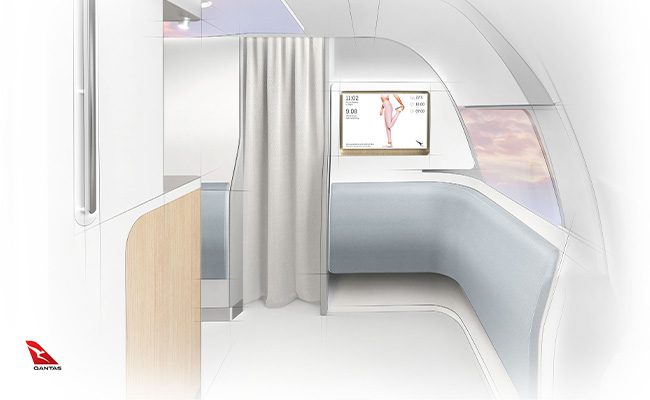
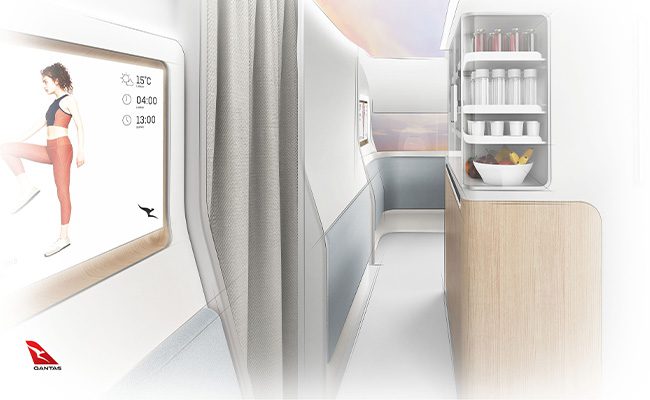
“The A350 and Project Sunrise will make any city just one flight away from Australia. It’s the last frontier and the final fix for the tyranny of distance. As you’d expect, the cabin is being specially designed for maximum comfort in all classes for long-haul flying.
“These newer aircraft and engines will reduce emissions by at least 15 per cent if running on fossil fuels, and significantly better when run on Sustainable Aviation Fuel. This order brings us closer to our commitment to reach net-zero emissions by 2050. Project Sunrise will be carbon neutral from day one.”
It’s been a long wait, and we’re still not there yet, but it’s starting to look like we may get to witness not one, but two sunrises on a flight to somewhere in the world in the not too distant future.
For more, head to www.qantasnewsroom.com.au



